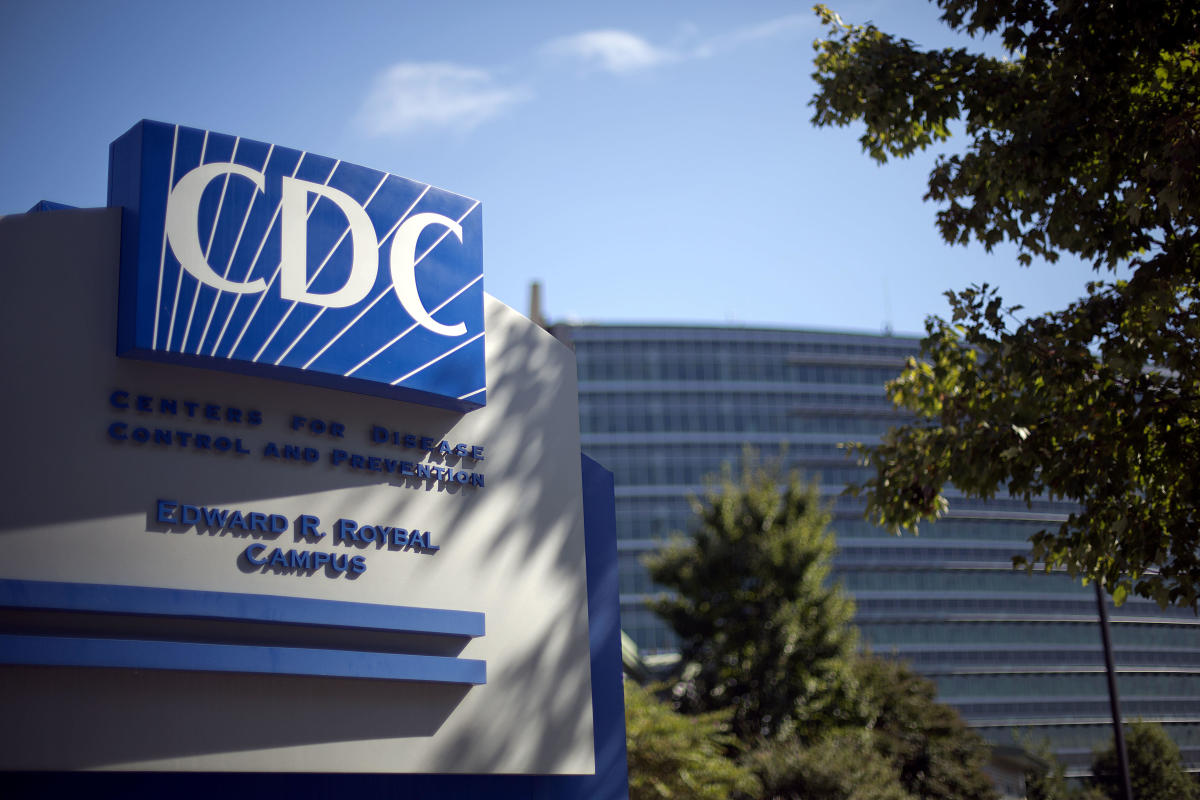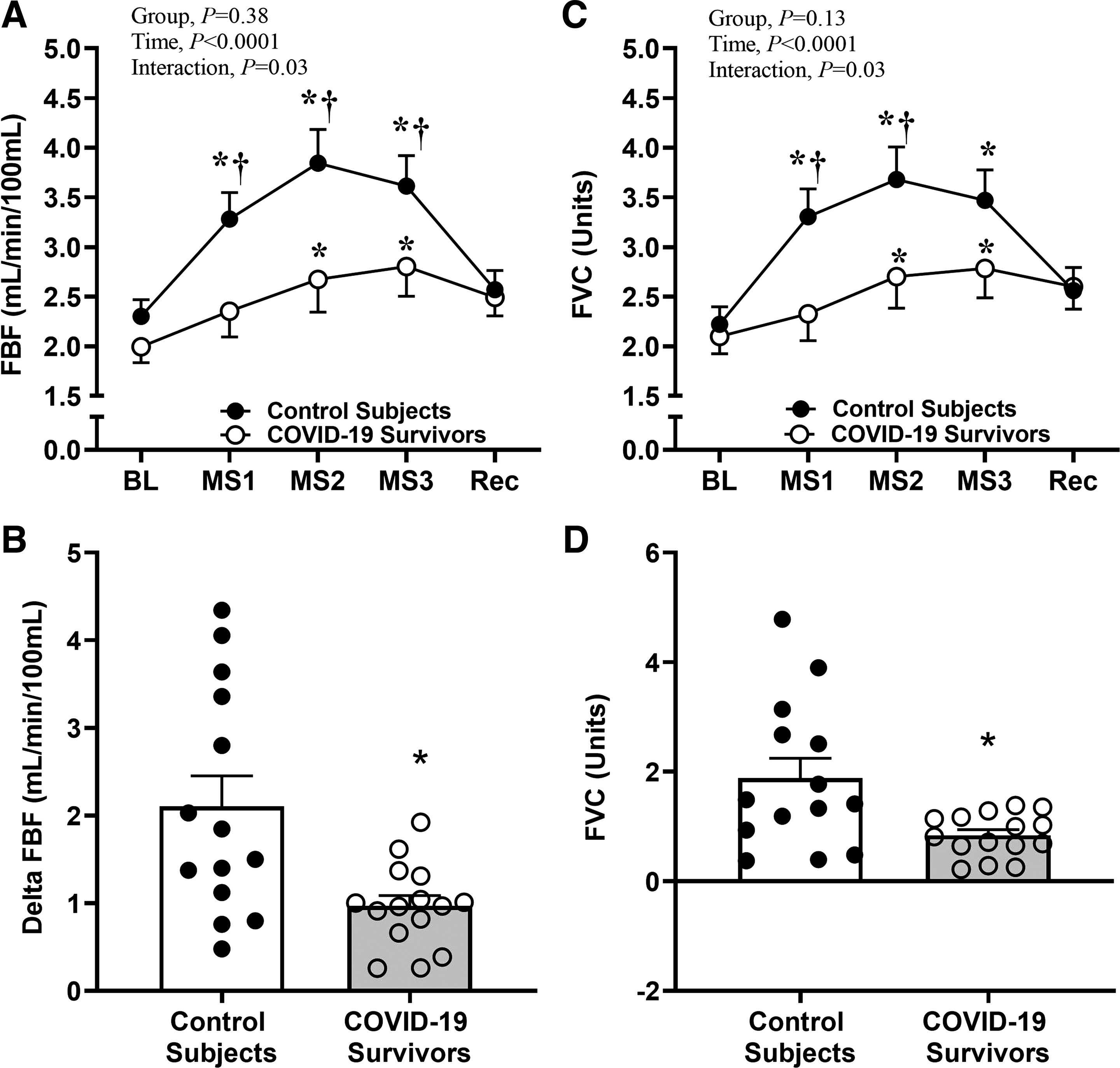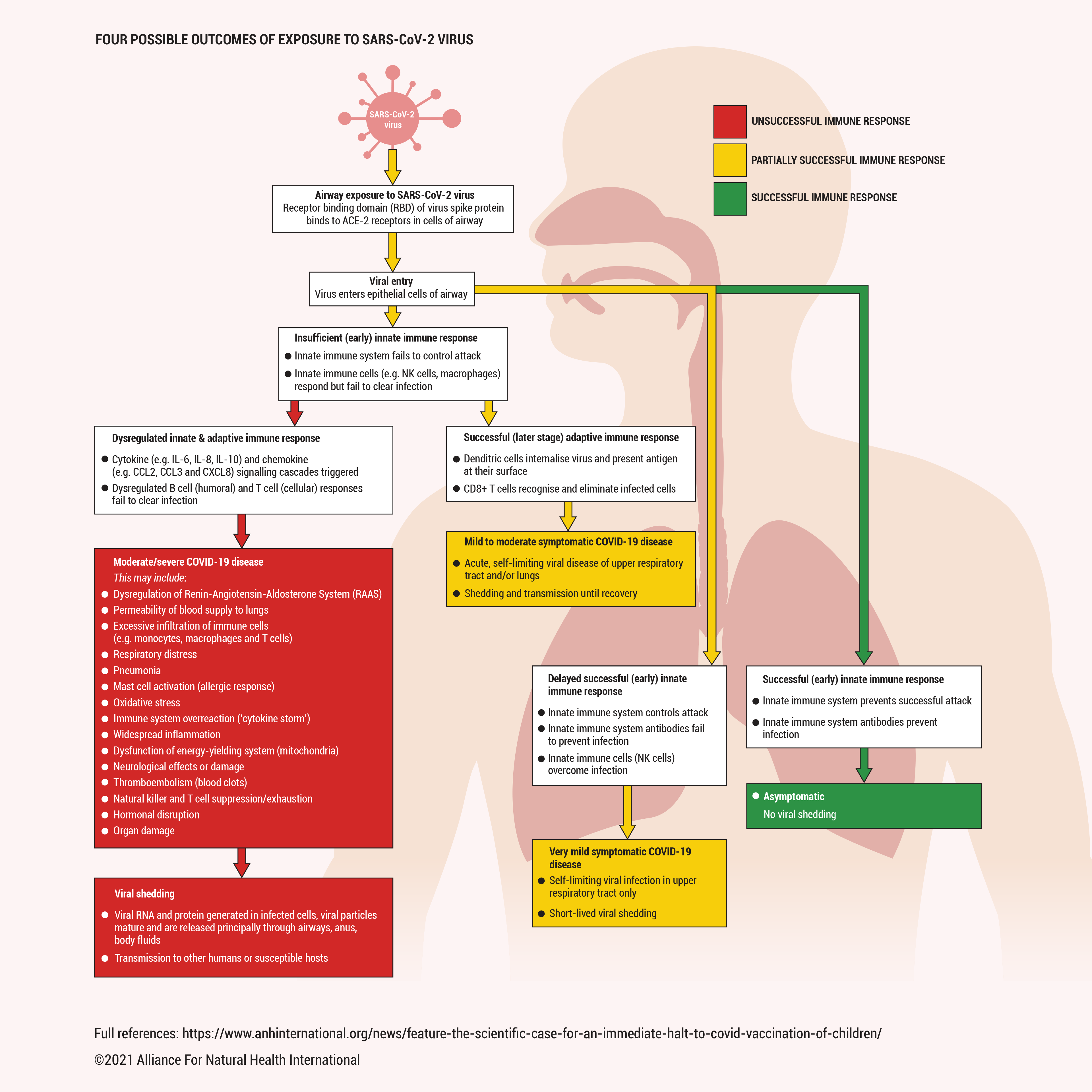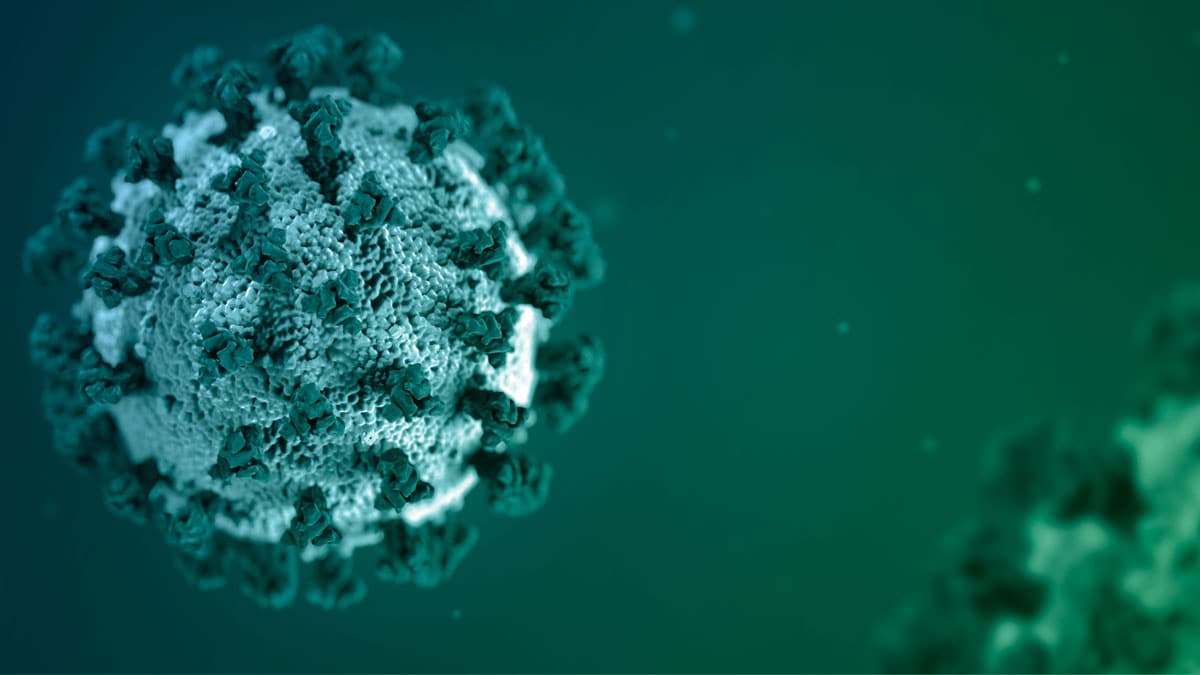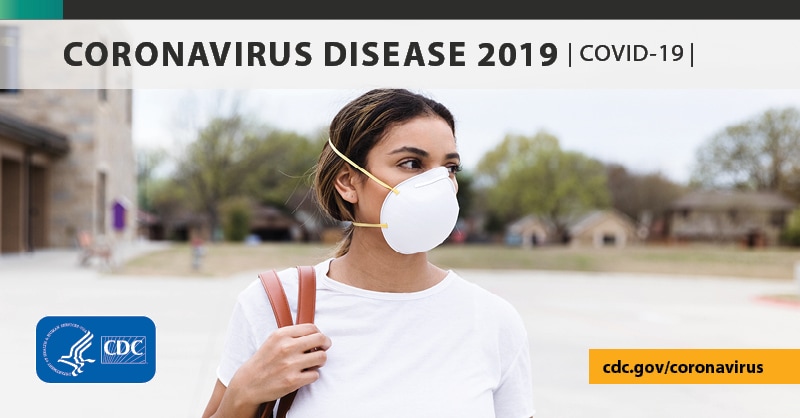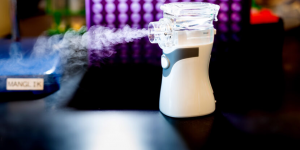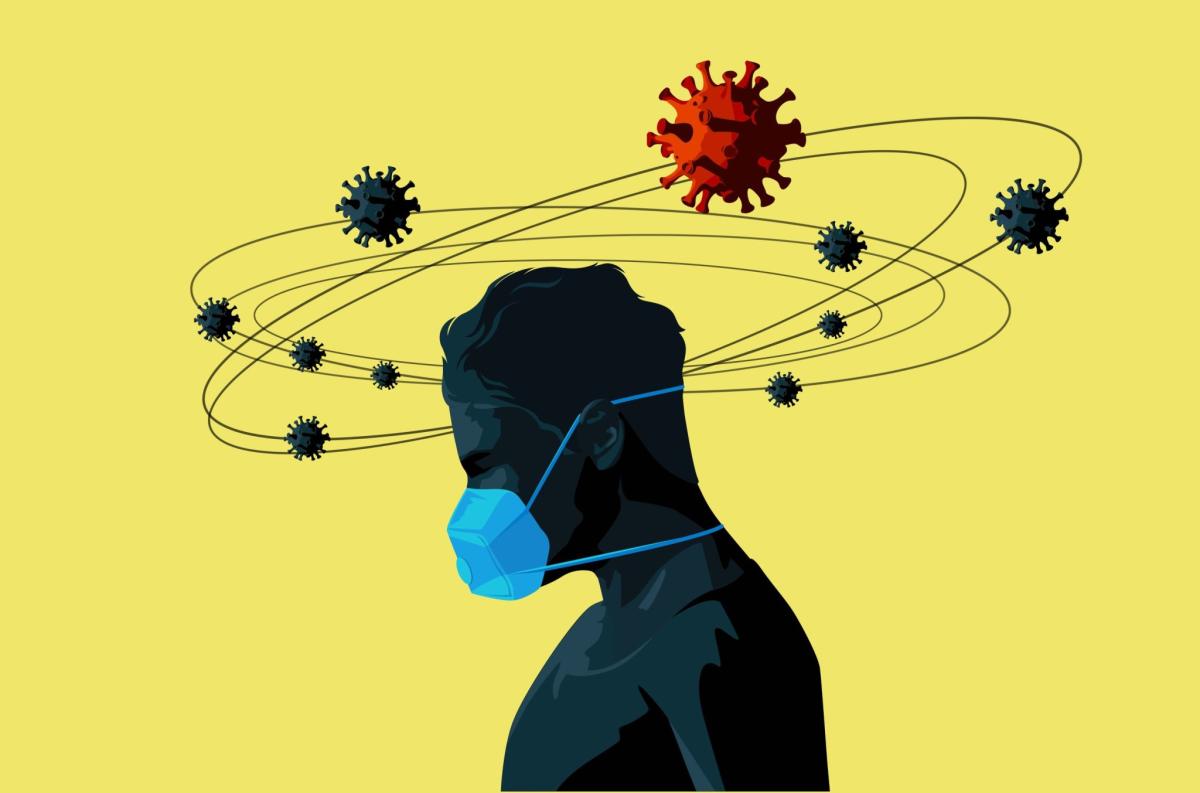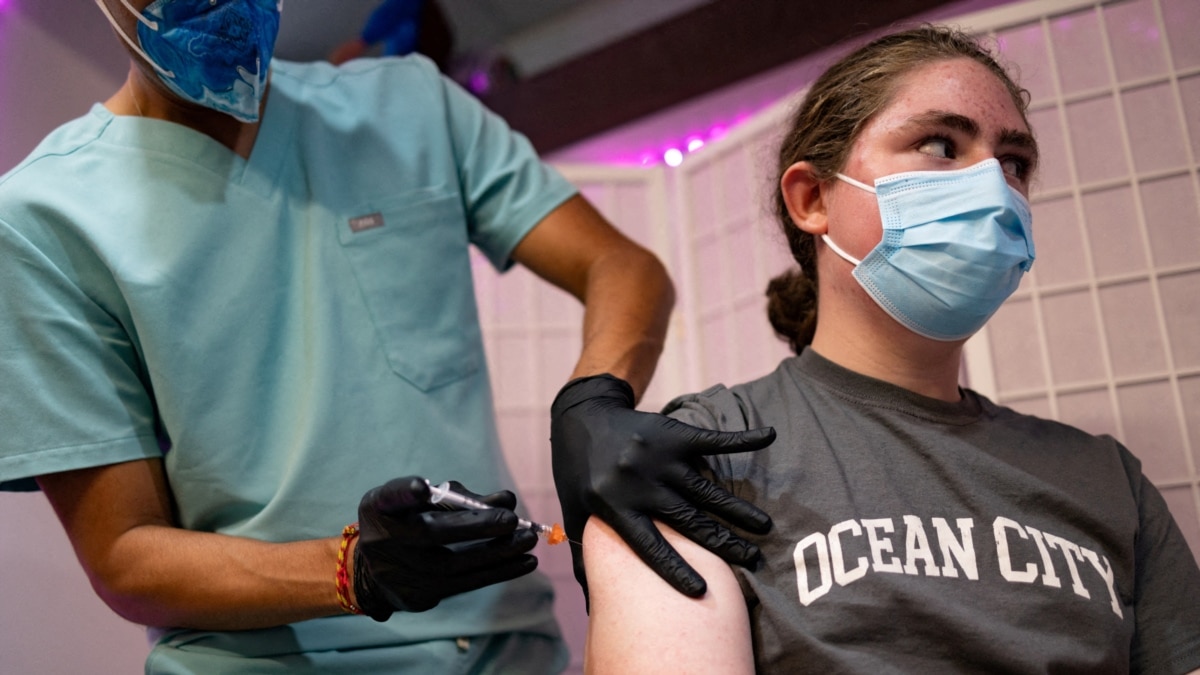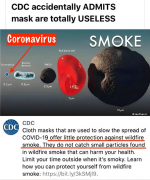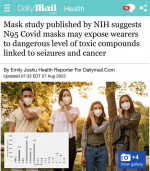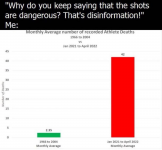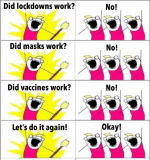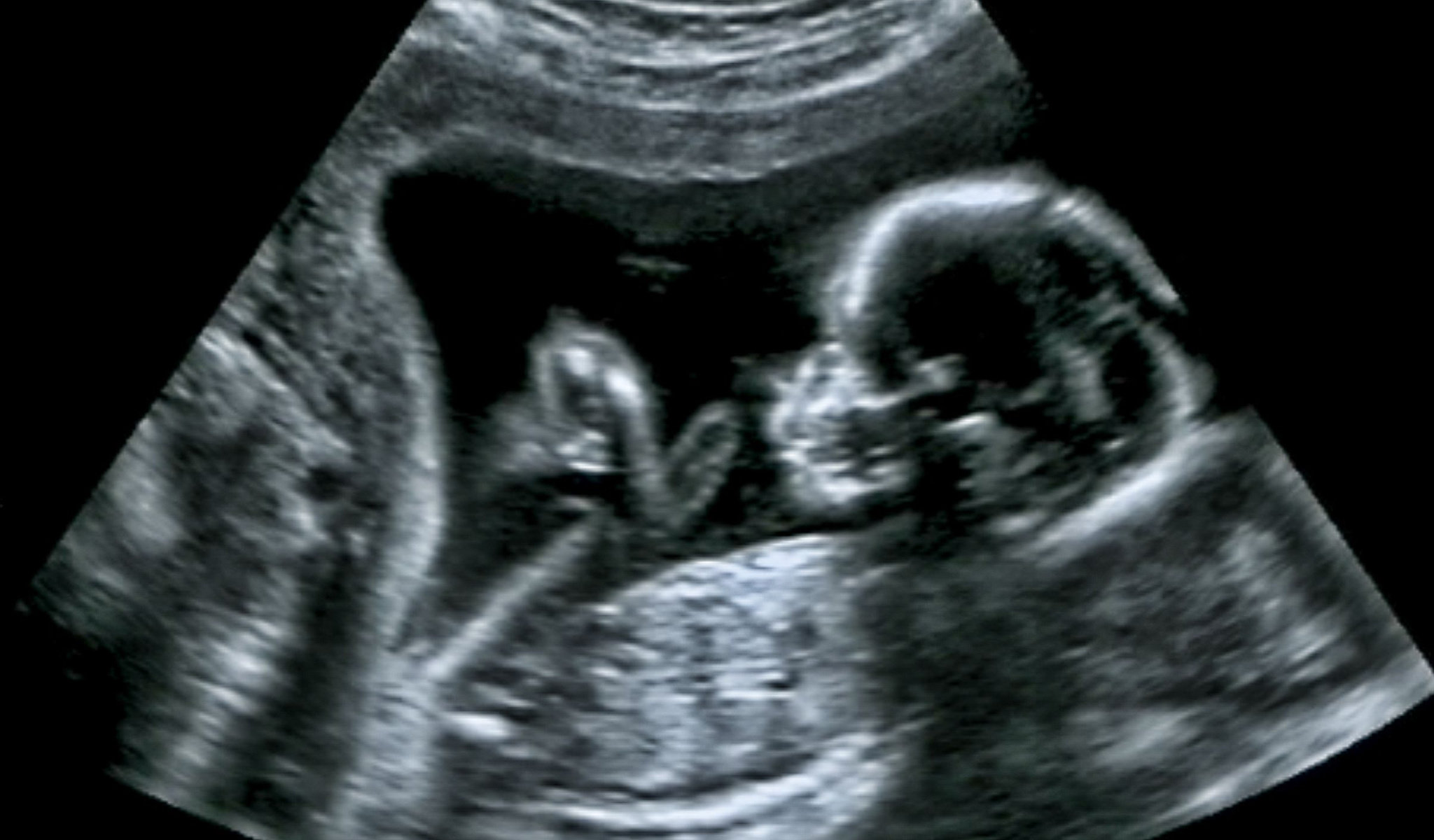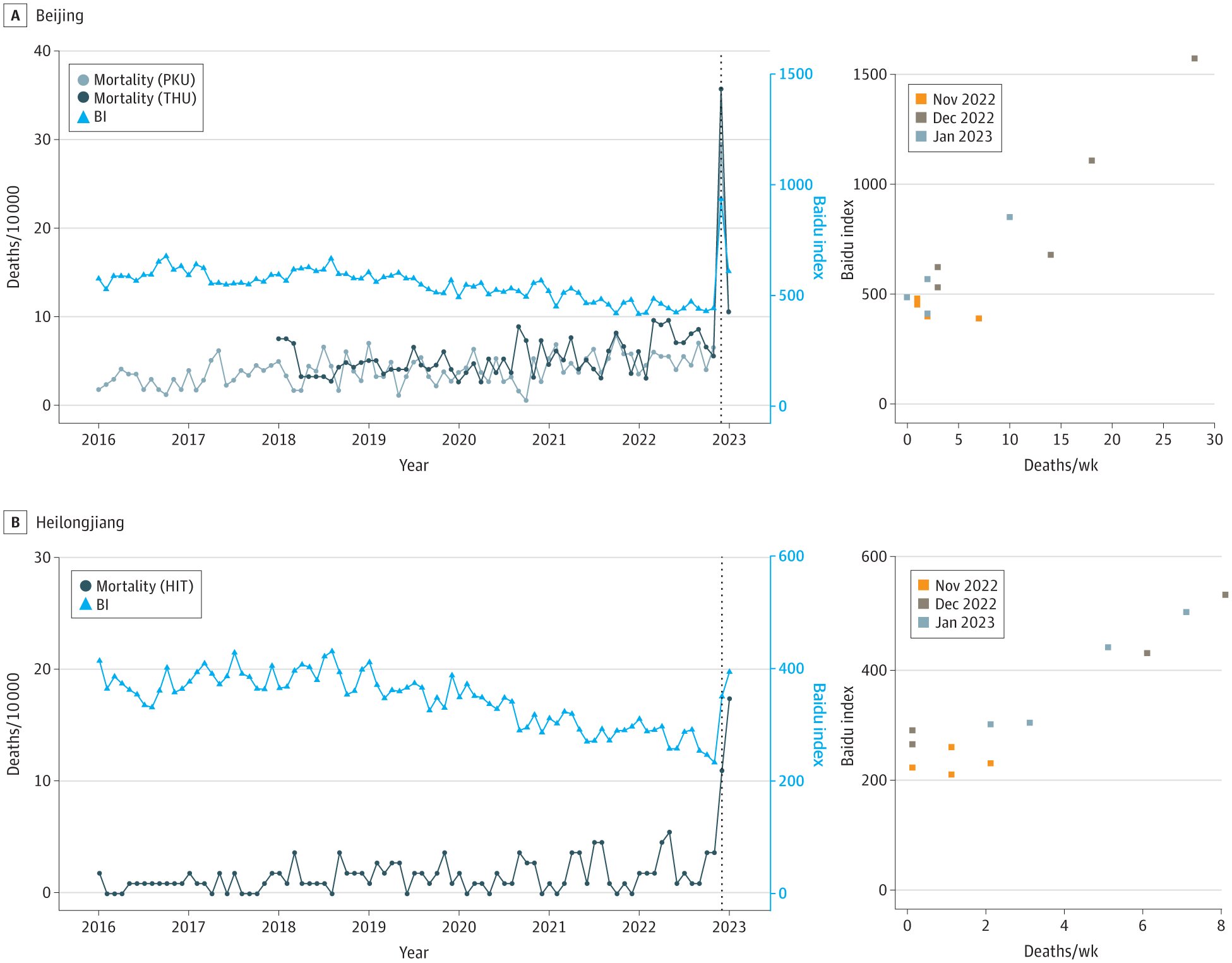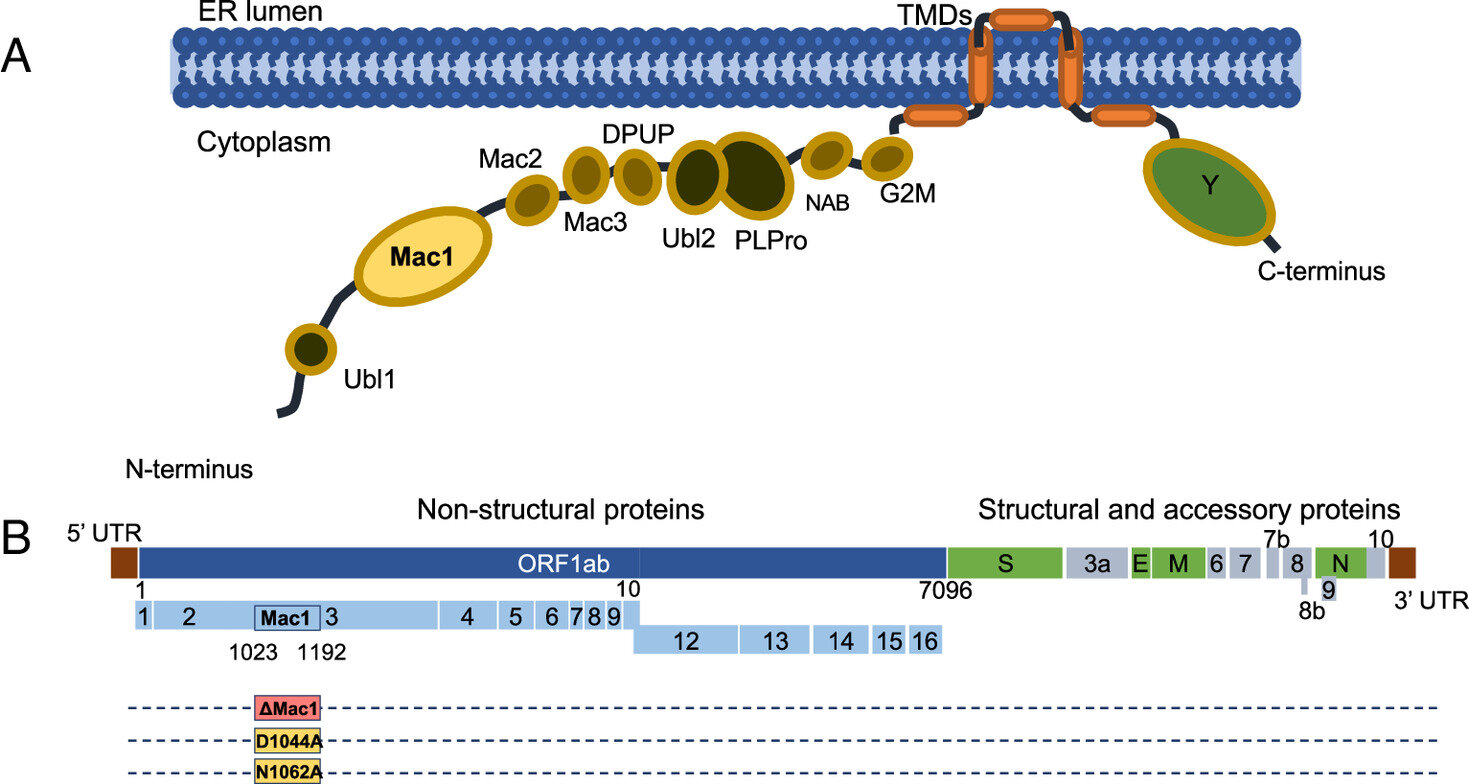A Florida county is preparing to defend its citizens against federal government overreach in case of another pandemic.

www.theepochtimes.com
(fair use applies)
IN-DEPTH: Anticipating New COVID Mandates, Florida County Becomes Bill of Rights Sanctuary
By Patricia Tolson
8/28/2023
Rumors are stirring that another pandemic is coming.
This means a potential for more mask mandates, more lockdowns, and a new vaccine. To inoculate themselves from another round of bureaucratic and government overreach, local officials in Collier County, Florida, have declared the county to be the state's first "Bill of Rights Sanctuary."
They are joining others.
In Pennsylvania, Montour County became a Bill of Rights Sanctuary on Feb. 9, 2021.
Worcester County, Maryland, became a sanctuary for the Bill of Rights and the Constitution on May 4, 2021.
Local officials in Volusia County, Florida, tried to enact sanctuary status in 2021 but the measure failed, and Mississippi and Tennessee tried to become sanctuary states.
Before the Collier County Board of County Commissioners meeting on Aug. 22, The Epoch Times spoke with Commissioner Chris Hall, who sponsored the sanctuary measure.
According to the Collier County ordinance (pdf), the board wants to address its "growing concerns over the federal government’s increasing encroachment on the rights and privileges of its citizens."
"Of particular concern are those edicts being promulgated by the federal government in the form of executive orders, which circumvent the legislative process and arguably violate the fundamental American doctrine of separation of powers."
Mr. Hall made it clear that the ordinance is not intended to nullify constitutional federal laws but rather to protect citizens from unconstitutional mandates that bring devastating consequences to their lives and their economy.
"What we want to do here in Collier County is we want to establish an ordinance that is enforceable by the sheriff in case anything ever twists off in Washington or, God forbid, Tallahassee, of any edicts, resolutions, laws, or anything unconstitutional," he said. "We realize what the supremacy clause is and it's any laws that come down in pursuance of the Constitution."
The supremacy clause is an article in the U.S. Constitution which specifies that "laws of the United States" and "all treaties made" shall be "the supreme law of the land." The clause further provides that "judges in every state shall be bound thereby," and that federal law supersedes any conflicting state laws.
For those, he said, "We will comply, absolutely."
"But anything that is not, we don't have to and we won't, and that's going to be by law, here in Collier County," he asserted, adding that the ordinance "will protect the citizens and their constitutional, inalienable rights given to them by God."
Asked what inspired the effort to push for such a measure, Mr. Hall did not hesitate.
"COVID," he said. "Seeing the liberties of the people stripped and seeing them just letting it happen. It's why I ran for this job. I got mad at all of the injustice and I got mad at the sheeple."
Mr. Hall is aware of the rumors of more lockdowns and mandates.
"There's all kinds of talk about things that might come down from the World Health Organization," he said, recalling the "recommendations from three-letter agencies that changed our lives" the last time unelected government bureaucrats started pushing measures to restrict the rights of American citizens.
The COVID-19 Panic
On March 11, 2020, the World Health Organization (WHO) declared COVID-19 a pandemic. Millions were infected. Millions died. Panic ensued. Businesses were ordered to shut down. Schools were closed. People were advised to stay home, wear masks, limit the size of social gatherings, and stay at least six feet apart.
A study published in Emerald Open Research on July 17, 2020, concluded that the COVID-19 lockdowns and controls were a violation of fundamental human rights and, in some countries, discriminatory against minorities and vulnerable people.
A separate study confirmed that the lockdowns caused notable damage to the mental health of children and adolescents, causing a rise in the "presence of significant anxiety and depression."
In January 2022, a paper published by the Annenberg Institute at Brown University (pdf) revealed the devastating and "potentially demoralizing" effects the lockdowns, mask mandates, social distancing, and virtual schooling had on academic achievement.
While Federal Reserve economists estimate that about 600,000 businesses fail each year in the United States, a 2021 study (pdf) found that the COVID-19 lockdowns resulted in the collapse of an additional 200,000 businesses.
An analysis by ABC News in February 2020 showed that in-person attendance at church dropped by 45 percent. Just like many businesses, some churches were forced to close for good.
As lockdowns were eased and businesses and schools reopened, another chaos emerged.
A woman was assaulted with a stun gun and arrested for not wearing a mask outdoors. Parents were removed from school board meetings for not wearing masks at the meetings. Even a teen girl was arrested for not wearing a mask at school.
Fights over masks broke out on airplanes, outside of restaurants, inside restaurants, in grocery stores, and on subways. People were stabbed. Others were shot.
If you didn't or couldn't wear a mask, you couldn't go to work. You were not allowed in restaurants, movie theaters, or grocery stores. Children couldn't go to school.
People lost their jobs. Members of the military were booted from service for refusing to be vaccinated, even for religious reasons.
In December 2021, the White House announced President Joe Biden's "new actions to protect Americans against the Delta and Omicron variants," which included boosters for adults and vaccinations for children to attend school.
On May 3, 2022, the Centers for Disease Control and Prevention (CDC) issued recommendations that "everyone aged 2 and older—including passengers and workers—properly wear a well-fitting mask or respirator over the nose and mouth in indoor areas of public transportation (such as airplanes, trains, etc.) and transportation hubs (such as airports, stations, etc.)."
This "new mask guidance" was strictly enforced.
If someone tested positive or came near anyone who tested positive for COVID, they were forced to quarantine for five days and wear a mask for 10 days.
Exceeding Their Authority
It wasn't until U.S. District Judge Kathryn Kimball Mizelle struck down the CDC's mask mandate as unconstitutional on April 18, 2022, that things changed.
According to the ruling, the mandate was "unlawful" because it "exceeded the CDC's statutory authority."
While the CDC claims it derives its power to impose national lockdowns through the authority of the federal commerce clause, legal authorities say this is invalid.
As Bradley Moss, a Washington attorney specializing in national security issues, told NPR in April 2020, "absent congressional approval or every state in the union collectively agreeing to it," it's unclear "how any president would have the authority to impose a federal or national quarantine."
On Nov. 6, 2021, the U.S. Court of Appeals for the 5th Circuit put a stay on the federal government's plan to force Americans to be vaccinated, ruling that there were "grave statutory and constitutional issues" with the mandate (pdf).
It has been more than a year since President Biden declared that the pandemic was over.
But now the WHO and the CDC are monitoring yet another COVID variant.
As The Epoch Times reported on Aug. 22, mask mandates have already returned in some states. "A slight uptick in the virus" prompted two hospitals in Syracuse, New York, to bring back mandatory masking and testing.
On Aug. 23, the CDC warned that BA.2.86, the latest variant, "may be more capable of causing infection in people who have previously had COVID-19 or who have received COVID-19 vaccines."
'We Want to Be Free'
The unauthorized, unconstitutional restrictions and mandates imposed on Americans during the COVID-19 pandemic are precisely the reason Mr. Hall was so determined to get his measure passed.
"By ordinance in Collier County, Florida, we want to be free to live," Mr. Hall said. "My job as county commissioner is to protect and secure the lives of the people, and with this ordinance I think that's a good thing."
Even though "there is no evidence that this variant is causing more severe illness," the CDC said that scientists are evaluating the effectiveness of the forthcoming updated COVID-19 vaccine and that that the "CDC’s current assessment is that this updated vaccine will be effective at reducing severe disease and hospitalization."
"If licensed/authorized by the FDA and recommended by the CDC," it assured, "updated vaccines will be available as early as mid-September at your local pharmacy or doctor’s office."
Mr. Hall is also aware of how some have already reinterpreted the Constitution to circumvent the rights of the people, such as the familiar cry of "separation of church and state."
The First and 14th Amendments prohibit federal and state governments from establishing a national or state-level religion, but they do not prohibit the mention of God by the state.
Even though the phrase "separation of church and state" does not appear anywhere in the Constitution, the term is repeatedly used to justify infringements on the freedom of religion by banning prayer in public schools or prohibiting the placement of manger scenes on public property.
"That's the thing about ignorance," Mr. Hall said. "It's loud."
'The Rights to Fight Back'
As previously reported by The Epoch Times, Mr. Hall first introduced the Bill of Rights Sanctuary County measure in July 2021.
Despite support from many citizens during public comments and a stack of 231 petitions in its favor, the measure failed by a vote of 3–2.
As the board prepared to vote on Aug. 22, Mr. Hall made one more plea.
"I just want to keep it simple," he said. "This is an ordinance that will back the people. This says Collier County will honor the Constitution, will honor the Bill of Rights, will honor every federally constitutional law that comes down. If anything that comes down that is unconstitutional, or that it's obvious that it's not constitutional, the people have the rights to fight back. The people give the federal government power. The federal government does not tell the people what to do. That's the way our country was framed."
In conclusion, he said he hoped his fellow board members would join him in passing the ordinance.
Commissioner William McDaniel reaffirmed what he said two years ago.
"I believe this is a reaffirmation of the Constitution and the Bill of Rights," he said. "I believe that it's an additional protection for the citizens of Collier County and I don't think it takes away from the rights that our citizens already have, and I'm in support. Our sheriff, our congressman, our legislators are still in support of it and so am I."
Commissioner Daniel Kowal also reiterated his position from two years ago, saying the ordinance supports the Constitution and the Bill of Rights.
"It's a check and balance on us as we move forward," he said, noting how when boards in the future "are faced with another pandemic or epidemic and they have to make decisions that might violate your constitutional rights, they would have to reverse this ordinance and they would have to come out publicly and say 'I don't believe in the Bill of Rights. I don't believe in the Constitution.' And that would contradict their oath they had to take to have this seat."
"That's why I believe I have to support this," he concluded.
Commissioner Burt Saunders was "in the lonely position" of being the only one to vote against the measure.
While he called the ordinance a "well-intended exercise," he doesn't believe it's necessary. Secondly, he said "it sends the wrong message to the public," insinuating that the measure would give people the false impression that the board has the right to "determine if a rule or regulation from the federal government is constitutional."
Even though he thought the measure was "well-intended," he said, "I can't support it."
'I'm Actually Proud of It'
Board Chair Rick LoCastro prefaced his remarks by thanking the citizens for their respectful professionalism in delivering their comments to the board.
"It is the way our Founding Fathers would have wanted it," he said.
"After weighing all the input in 2021, I voted for this ordinance without hesitation," he recalled. "It failed 3–2, and I was very disappointed."
"Two years later, I remain wide open and available to all citizens and organizations to hear their views and I have for months. I don't believe this ordinance nullifies federal laws we don't like. It's a preparatory step that, as it has been said, has the citizens' backs and allows us the strength and our ability to merely question federal law if or when we feel our federal government is overreaching outside of their authority."
In summation, he said, "After careful reconsideration, I have zero reservations this time and I am proud to support it again."
"It has been said, 'Lead, follow, or get out of the way.' I'm not nervous or disappointed that we will be the first county in Florida to pass this ordinance. I'm actually proud of it," he said in closing.
By a motion of 4–1, the ordinance passed.
Keith Flaugh, a Collier Country resident who came to speak during public comment in support of the measure, was happy with the outcome.
Mr. Flaugh is the managing director and CEO of Florida Citizens Alliance (FCA). He worked closely with Mr. Hall as well as civil rights and constitutional attorney Kristina Hauser in drafting and fine-tuning the measure since it was first proposed two years ago.
"Four Collier County commissioners had the courage to reaffirm their commitment to protecting their constituents from federal government overreach," Mr. Flaugh told The Epoch Times. "We hope this inspires every county in Florida, in fact, the United States to follow suit."
In an FCA news release, Mr. Hall said he was proud to have brought back the ordinance for another vote in Collier County.
"This was a campaign promise for smaller government and common sense. This was a major move for our county to protect the liberties of our people, limit any unlawful acts by Federal or State Governments, and return the power back to the people as our framers intended.”




